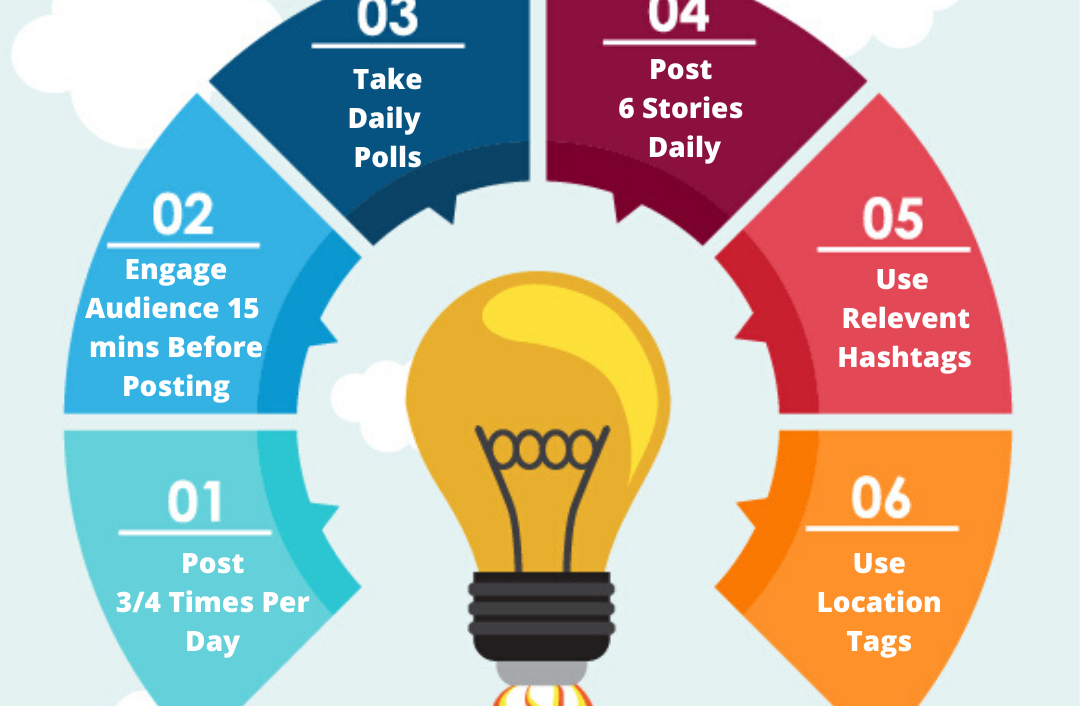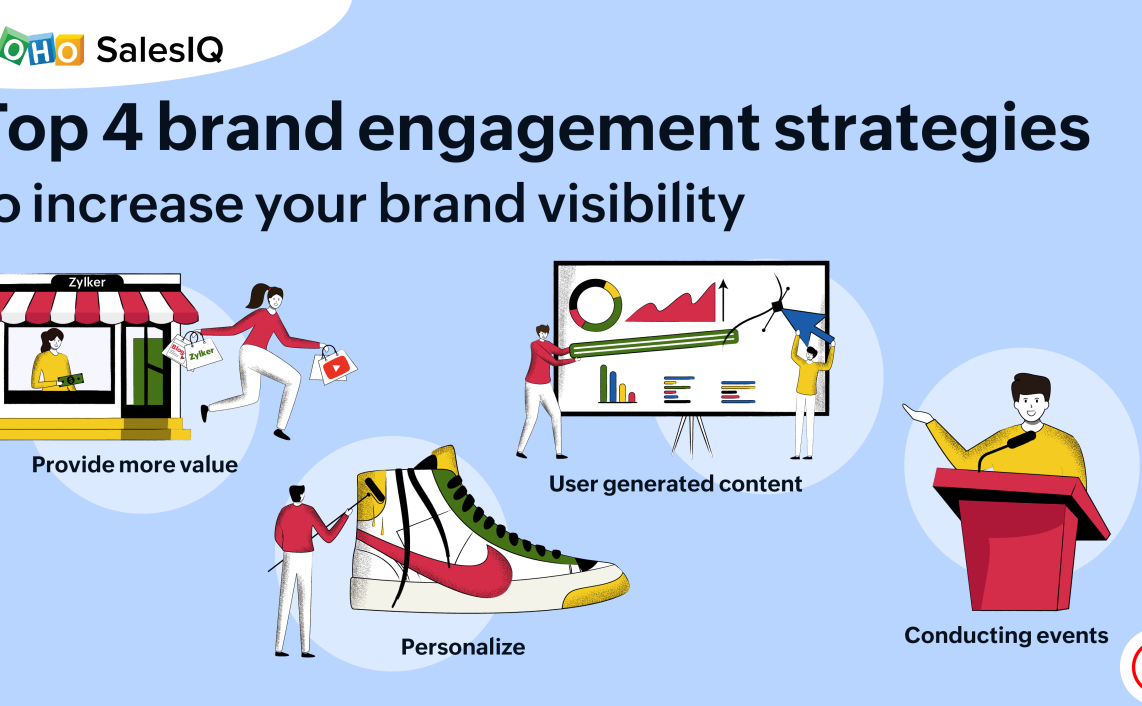Financial Services Marketing: Winning Strategies for Insurance and Loans

Introduction
In today’s competitive financial landscape, marketing has become more crucial than ever for insurance and lending organizations. Financial services marketing involves reaching out to potential customers and promoting financial products such as insurance policies, loans, and investment plans. By employing effective marketing strategies, financial services firms can establish a strong brand, attract new customers, and drive revenue growth.
Target Audience Identification
A successful marketing strategy begins with a clear understanding of the target audience. Financial services marketers need to identify the demographics, interests, and financial needs of their ideal customers. This information can be gathered through market research, surveys, and data analysis. By tailoring marketing campaigns to specific target audiences, companies can increase their message’s relevance and impact.
Brand Positioning and Messaging
Building a strong brand is essential for financial services companies. It involves creating a unique identity that differentiates them from competitors. Effective branding involves developing a consistent brand message that resonates with the target audience. The message should highlight the company’s strengths, value proposition, and competitive advantage.
Digital Marketing
Digital marketing channels, such as search engine optimization (SEO), content marketing, and social media marketing, have become increasingly important for financial services marketing. By optimizing their websites for relevant keywords and creating valuable content, companies can attract organic traffic and improve their visibility online. Social media platforms provide opportunities to engage with potential customers, build relationships, and share financial advice or product information.
Personalized Marketing
Personalization is key to effective financial services marketing. By tailoring marketing messages and recommendations to individual customer needs, companies can improve their conversion rates. This can be done through data-driven segmentation, automated email marketing, and personalized online experiences.
Content Marketing
Content marketing is a powerful way to educate and inform potential customers about financial products and services. By creating high-quality content, such as blog posts, articles, videos, and infographics, financial services companies can establish themselves as thought leaders in the industry. Content marketing can also help drive website traffic, generate leads, and build trust with potential customers.
Influencer Marketing
Leveraging the power of influencers can be a highly effective marketing strategy for financial services. By partnering with influencers who are trusted by the target audience, companies can tap into their audience and build credibility. Financial services influencers can share endorsements, provide financial advice, or review products, helping to reach a wider audience and build trust.
Lead Generation
Lead generation is critical for driving sales in the financial services industry. By using a variety of lead generation techniques, such as online forms, email marketing, and social media advertising, companies can capture contact information from potential customers. Lead generation campaigns should be tailored to specific target audiences and offer valuable incentives to encourage conversions.
Conclusion
Effective financial services marketing requires a comprehensive approach that encompasses brand building, digital marketing, content marketing, influencer marketing, and lead generation. By understanding their target audiences, developing strong branding, implementing strategic marketing campaigns, and personalizing customer experiences, financial services companies can effectively reach, engage, and convert potential customers, ultimately driving business growth and profitability.







